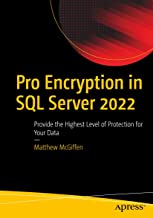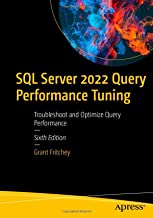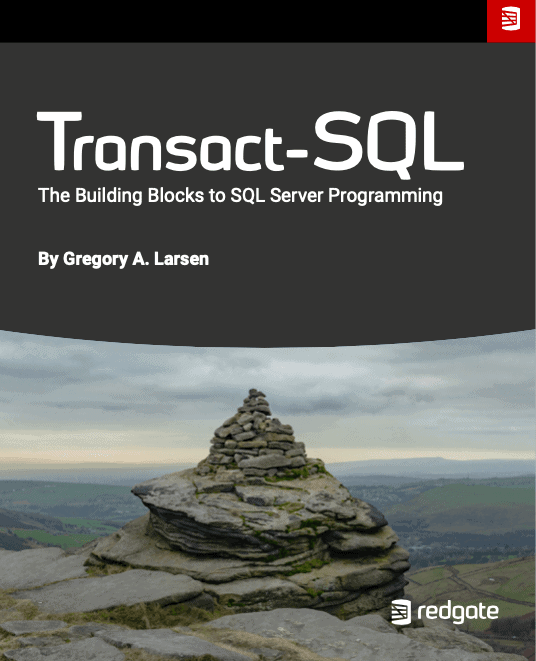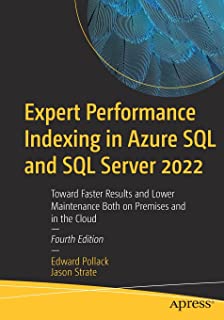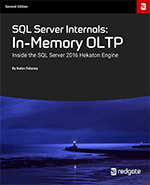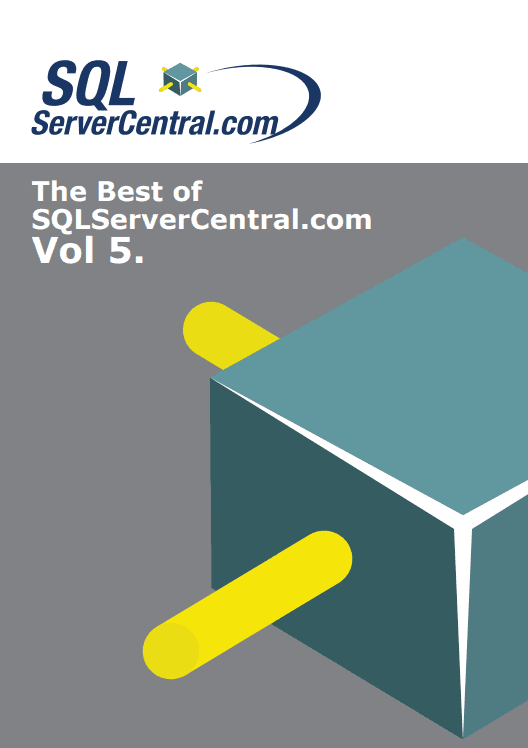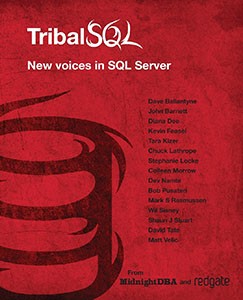This in-depth look at the encryption tools available in SQL Server shows you how to protect data by encrypting it at rest with Transparent Data Encryption (TDE) and in transit with Transport Level Security (TLS). You will know how to add the highest levels of protection for sensitive data using Always Encrypted to encrypt data also in memory and be protected even from users with the highest levels of access to the database. The book demonstrates actions you can take today to start protecting your data without changing any code in your applications, and the steps you can subsequently take to modify your applications to support implementing a gold standard in data protection.
- Printed book:
- Kindle book:
2024-07-10 (first published: 2023-01-12)
3,181 reads
Troubleshoot slow-performing queries and make them run faster. Database administrators and SQL developers are constantly under pressure to provide more speed. This new edition has been redesigned and rewritten from scratch based on the last 15 years of learning, knowledge, and experience accumulated by the author. The book Includes expanded information on using extended events, automatic execution plan correction, and other advanced features now available in SQL Server.
- Printed book:
- Kindle book:
2024-04-08 (first published: 2023-01-12)
9,227 reads
Transact SQL (TSQL) is the languaged used to query and update data stored in a SQL Server. This book, written by SQL Server Central and Simple Talk author Greg Larsen, will give developers an understanding of the basics of the TSQL language. Programmers will have the building blocks necessary to quickly and easily build applications that use SQL Server.
2024-03-06 (first published: 2020-07-28)
10,465 reads
Take a deep dive into perhaps the single most important facet of query performance―indexes―and how to best use them. Newly updated for SQL Server 2022 and Azure SQL, this fourth edition includes new guidance and features related to columnstore indexes, improved and consolidated content on Query Store, deeper content around Intelligent Query Processing, and other […]
- Printed book:
- Kindle book:
2024-01-17 (first published: 2023-03-17)
4,217 reads
Every Database Administrator, developer, report writer, and anyone else who writes T-SQL to access SQL Server data, must understand how to read and interpret execution plans. This book leads you right from the basics of capturing plans, through how to interrupt them in their various forms, graphical or XML, and then how to use the information you find there to diagnose the most common causes of poor query performance.
2023-08-16 (first published: 2020-07-28)
5,974 reads
In this book, Kalen Delaney explains how the 2016 In-Memory OLTP engine works, how it stores and manipulates data, and how, even with all data stored in memory and no locking or latching, it can still guarantee the ACID properties of all transactions.
2023-04-28 (first published: 2014-11-11)
1,011 reads
Best of SQLServerCentral vol 5 pulls together some of the best contributions to SQLServerCentral.com in 2007.
2022-04-27 (first published: 2009-02-10)
5,259 reads
"Best of SQLServerCentral v6" pulls together some of the best, most popular, and the most read articles of 2008, in dead tree format, covering database administration, BI, design, security, T-SQL, and most things in between.
2022-04-27 (first published: 2009-02-10)
7,565 reads
Best of SQLServerCentral vols 1-4 pulls together some of the best contributions to SQLServerCentral.com between 2002 & 2006.
2022-04-26 (first published: 2009-04-16)
5,944 reads
MidnightDBA and Red Gate have joined together to produce a new book on SQL Server, written by 15 first-time authors. The resulting book, TribalSQL, includes everything you should know about SQL Server that isn’t taught in traditional training, they call it Tribal knowledge.
2019-03-26 (first published: 2013-09-18)
444 reads
